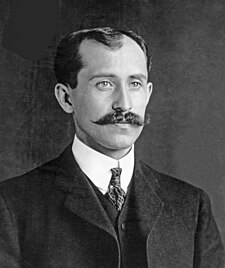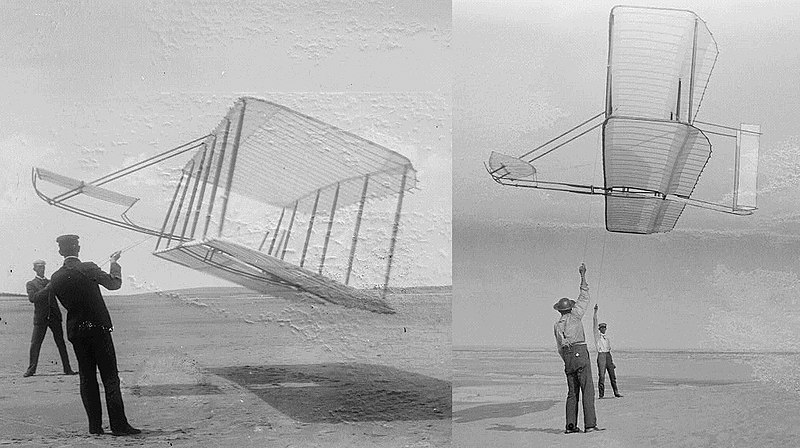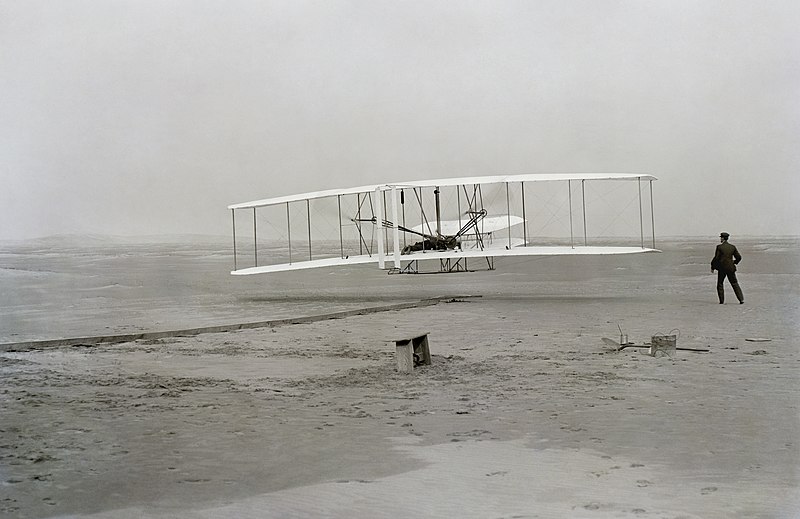In April 10th, 1912, the RMS Titanic began it's maiden voyage from England to New York, carying 2,223 people aboard it's luxurious interiors. Deemed unsinkable by it's creator's, it was unthinkable of the tragedy that would strike on the late Sunday evening of the 14th. Were the flaws truely the vessel in question, or of the boastering and pride of the wealthy and creator's of the vessel. In the end, the tragic losses from the event shook the world and changed their thinking about safety and passenger sizes.

The Titanic was designed to be unsinkable, having several compartments along the ship that would close off in case of flooding. A few flooded compartments would allow the ship to remain afloat. However, the nature of the impact with the ice burg caused it to tear at one side of the hull, cracking open far more compartments to the bitterly cold water. The impact and cold weather caused the hull to buckle, and allowed more water in that what could be blocked off. One theory was that if the ship had impacted the iceberg head on, that it would have stopped the ship entirely in it's tracks, but would have remained afloat, saving thousands of lives.
The sinking of the titanic was one of the biggest peacetime Maritime Disaster. It's event shook the world, and caused great changes in the laws of how ships were regulated upon open water. Specifically, the inclusion of life boats that would accompany all number of passengers on said ships. The Titanic had enough space on it's life boats for 1,178 people, with a ship wide capacity for over 3,000. By today's standards, this is appalling. The tragedy became a forever reminder about the dangers of the ocean, and better preparations in the case of the worst occurring.
In 1985, the Titanic was discovered by a joint effort between American and French scientists.

EAK
Sources:
http://en.wikipedia.org/wiki/RMS_Titanic
http://home.att.net/~wormstedt/titanic/
http://chandrakantha.com/articles/indian_music/filmi_sangeet/film_song_1985.html
http://www.titanic-titanic.com/discovery_of_titanic.shtml
























 Through the dark, foggy, ere nights of the Whitechapel area and adjacent districts of London in late 1888 came a "monster" serial killer known as Jack the Ripper. These events all occurred during the Victorian Era in the United Kingdom during Queen Victoria's reign. He comes from out of the fog, kills violently and quickly, and disappears without a trace. Then, for no apparent reason, he satisfies his blood lust with ever-increasing ferocity, culminating in the near destruction of his final victim, and then vanishes from the scene forever. Jack the Ripper targeted prostitutes, woman who gave up there bodies involving sexual favors in return of a sense of income. During the Victorian Era, prostitution was legal and an easy way for woman to earn money. All though some think Jack was responsible for more killings, five bodies of different prostitute woman were discovered brutally murdered in some fashion.
Through the dark, foggy, ere nights of the Whitechapel area and adjacent districts of London in late 1888 came a "monster" serial killer known as Jack the Ripper. These events all occurred during the Victorian Era in the United Kingdom during Queen Victoria's reign. He comes from out of the fog, kills violently and quickly, and disappears without a trace. Then, for no apparent reason, he satisfies his blood lust with ever-increasing ferocity, culminating in the near destruction of his final victim, and then vanishes from the scene forever. Jack the Ripper targeted prostitutes, woman who gave up there bodies involving sexual favors in return of a sense of income. During the Victorian Era, prostitution was legal and an easy way for woman to earn money. All though some think Jack was responsible for more killings, five bodies of different prostitute woman were discovered brutally murdered in some fashion.



















